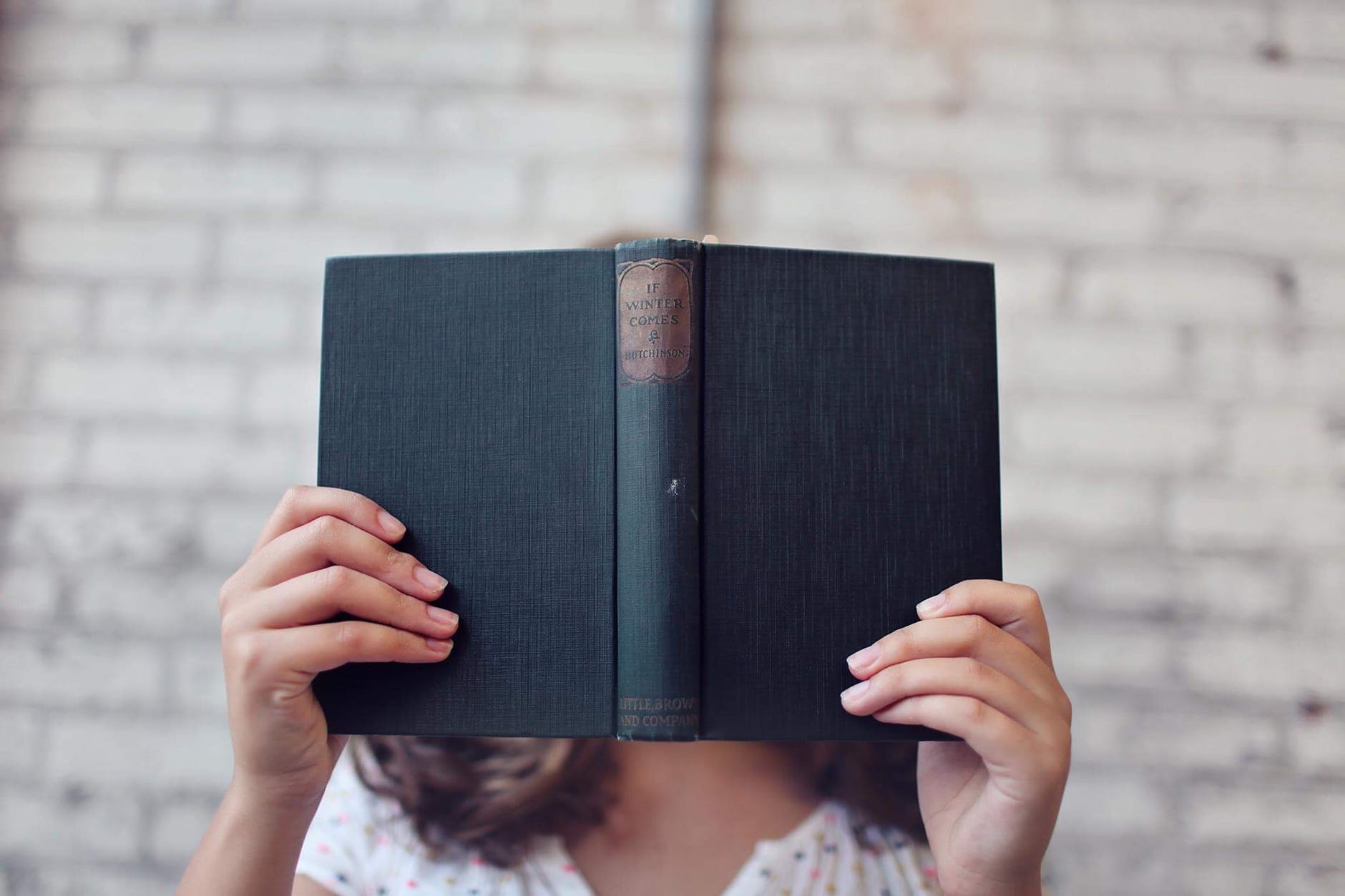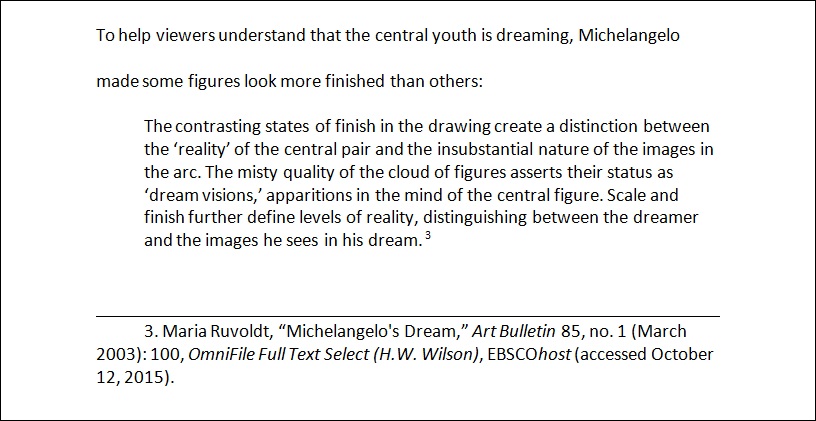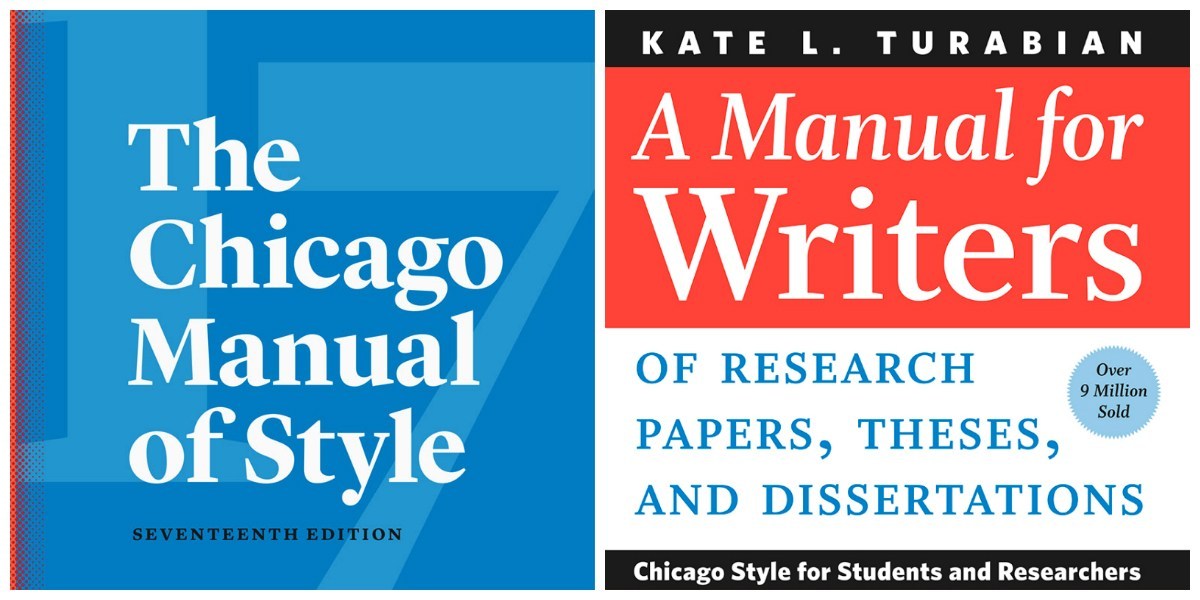How to Write References in Different Citation Styles

Writing references in your papers is one of the most important and tricky steps of assignment completion. Many papers get low grades because of incorrect references and in-text citations. So, learning how to write references according to the most widespread citation styles is a necessary skill for any student of any learning institution.
Let’s dive into the topic and learn more about the importance, the structure, the common usage, and the similarities and differences of the most popular citation styles.
The Importance of Correctly Formatted References
Every student has to understand that citation is an important part of an essay, research paper, thesis or dissertation as it allows to support your statements and also guide your readers to the sources that they might need to get a better understanding of the topic which you explore in your work.
Every teacher or professor provides guidelines and requirements that you need to follow in order to get a high grade. Some teachers require citing all the sources that you examined throughout the research process even if you didn’t use them in your final version of your text or didn’t take any quotes from them. Other teachers might require mentioning sources that weren’t used in the work but might be interesting to the reader as the additional source of information.
Chicago Style
Chicago is a common style of citation that implies using one of the two methods: “notes and bibliography” and “author-date.”
Notes and Bibliography System
The notes and bibliography system is usually used for works related to humanities – literature, philosophy, linguistics, but the most commonly to history. This method implies citing sources in numbered notes (footnotes or endnotes) that correspond to the number in the text and also can be found in a separate bibliography list that is organized in alphabetical order.
The main advantage of this system is an opportunity to list a wide variety of sources, even the most unusual ones and create neat reference lists.

Source: DISD
- Note
1. John Smith, ed., The Book Title (Indianapolis: Example Press, 2016), 156–68.
- Shortened note
1. Smith, Title, 156–68.
- Bibliography entry
Smith, John, ed. The Book Title. Indianapolis: Example Press, 2016.
The Author-Date system
The “author-date” system is commonly used in social sciences and represents a brief citing of the source in the text by adding the author’s last name and the year of publication in parentheses. Every citation, in this case, matches a complete reference from the list where more details are given.
So, if you need to cite a source in your text, use parentheses to put the author’s last name, the year and page numbers if needed. Chicago style doesn’t imply separating the name and the year with a comma. That’s why your citation will look the following way:
(Smith 2018)
or
(Smith 2018, 213–17)
- In-text citation
(Smith 2016, 156–68)
- Reference list
Smith, John, ed. 2016. The Book Title. Indianapolis: Example Press.
If you haven’t received guidelines on the method of the Chicago style that you need to use in your work, then you can choose the one that is more preferable to you. For example, the one that will be easier for you to navigate through.
You can find more detailed information about organizing your reference list, citing various types of sources or how to write references from a website in the official guide – The Chicago Manual of Style that was originally published in 1906. It contains all the necessary information on the Chicago style and rules of citation that you might need for your work.
You might also be interested to learn how to write abstracts, for example, for your scientific paper.
Turabian Style
Chicago style is often associated with Turabian style – a style developed by a student in the book A Manual for Writers of Research Papers, Theses, and Dissertations which is often referred to as simply “Turabian.” It is based on The Chicago Manual of Style with some changes made to suit the requirements of academic papers. This manual also describes itself as an authoritative resource on the Chicago style for students.

Source: CMOS Shop Talk
APA Style
APA format was designed by the American Psychology Association and has a lot in common with the “Author-date” method.
It implies citing the author’s last name, the year of publishing in parentheses, and the page numbers for a direct quote if needed. But in the case of APA-style citation, the comma between the last name and the year of publishing is required. There are also two ways of citing the source in APA style: citing the author’s name in the sentence or in parentheses.
- In-text citation
Smith (2018) provides the list of…
or
… to the contributors (Smith, 2018).
If there are two or more authors, use commas and ‘&’ between them: (Smith, Grey & Duke, 2018) or (Smith & Duke, 2018).
APA Manual also states:
“When paraphrasing or referring to an idea contained in another work, you are encouraged to provide a page or paragraph number, especially when it would help an interested reader locate the relevant passage in a long or complex text.” (p. 171)
For example, (Smith, 2018, p. 156).
- Reference list
Smith, J. (2018). The Book Title. Indianapolis, IN: Example Press.
You can also visit the APA style official website to find the detailed information or use quick guides and a full manual to get a better understanding of how to cite a master’s thesis in APA, for example.
MLA Style
A style that was developed by the Modern Language Association more than half of the century ago is called MLA style. It implies using brief in-text citation and a detailed list of the cited sources at the end of the work.
- In-text citation
The key difference of this citation style from others is that it requires citing the last name of the author and a page (or multiple pages) number in parentheses, for example (Smith, 28). It also allows using the author’s last name in the text, citing only the page number in brackets at the end of the sentence.
For example:
Smith was the first one who claimed that this statement was false (124).
- Works Cited
All of the sources that you used in the process of creating your work should be cited in the list in alphabetical order. MLA style has the following order of the elements of the cited works:
Author. Title of source. Title of container, other contributors, version, number, publisher, publication date, location.
The “container” part is what MLA style defines as the “larger whole,” that the work might be a part of, for example, the series of books or magazines. At the same time, stories, books, and newspaper articles are smaller pieces that can be stored in these “containers.”
To see how these rules are applied, check out our sample essay formatted in MLA style.
MLA also provides useful templates and quick guides to help you organize your work and your citations according to the MLA style.
Citation Generators
The part of the work that you need to perform can be done for you. Writing experts from our professional writing service are at your beck and call. They are able to organize your paper in any format you need. Alternatively, you can use the citation generators. Some of them automatically format your bibliography pages according to the chosen citation style. Find them below:
Use these generators to get your bibliography page quickly. However, you should always check the pages for errors, as the generators might also make mistakes.
Wrapping Up
Follow the guidelines that your professor provides you with, such as the citation style, and make sure to check out the detailed manuals and guides that listed in this article. You can find more detailed instructions about citing such sources as web pages, informal sources, e-books, etc.
If you struggle not only with citation styles but with writing itself, check out our useful tips on how you can improve your writing skills.





